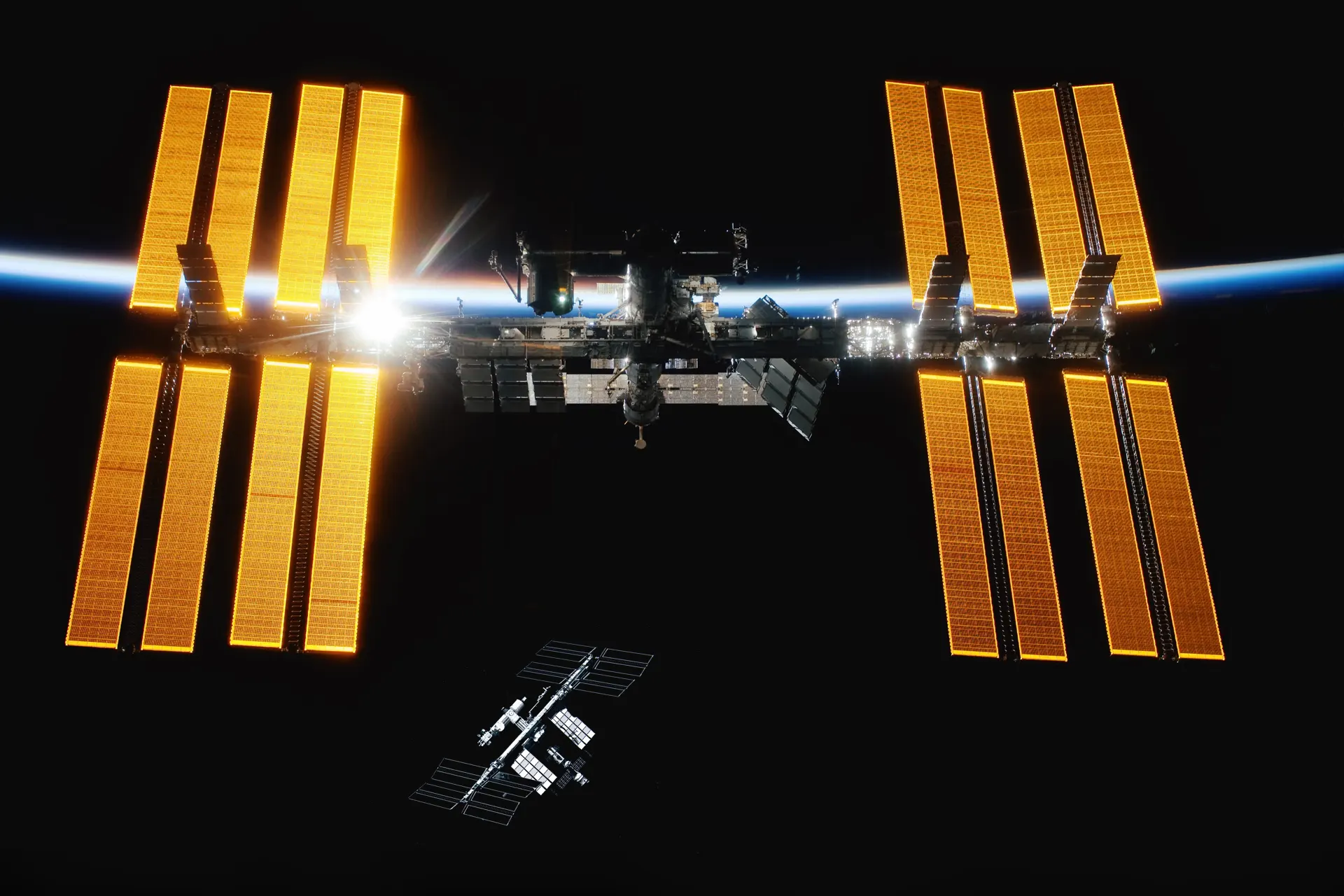

The field of 3D printing human organs in space represents an exciting and potentially game-changing innovation in the field of space medicine. The ability to print organs on demand could revolutionize the way that medical care is provided to astronauts on long-term missions, as well as potentially have wider applications on Earth.
One major benefit of 3D printing organs in space is the ability to provide medical care to astronauts in real-time. Currently, astronauts on long-term missions must rely on pre-packaged medical supplies and telemedicine for any necessary care. While these systems are effective for many situations, there are certain medical emergencies that require more immediate attention. For example, if an astronaut develops a serious infection or experiences a trauma, it could be life-threatening if they are unable to receive proper treatment quickly. With 3D printing technology, it may be possible to print the necessary medical supplies on demand, allowing for faster and more effective treatment.
Another benefit of 3D printing organs in space is the ability to customize medical care to the specific needs of individual astronauts. This could be especially useful for astronauts with preexisting medical conditions or those who have experienced trauma during their mission. By using 3D printing technology, it may be possible to print customized medical devices or prosthetics that are tailored to the specific needs of each astronaut.
However, there are a number of challenges that must be overcome before this technology can be fully realized. One major challenge is the need to ensure that the 3D printed organs are of sufficient quality to be used in humans. This includes ensuring that the organs are structurally sound and able to function properly once implanted. To meet this challenge, researchers will need to develop advanced 3D printing technologies and materials that are able to produce organs with the necessary level of detail and functionality.
Another challenge is the issue of materials. Currently, 3D printing technology relies on a limited range of materials, many of which are not suitable for use in the human body. Developing new materials that are biocompatible and able to withstand the rigors of space travel will be critical to the success of this technology. This may involve researching new materials that are able to withstand the extreme conditions of space, such as extreme temperature fluctuations and exposure to radiation.
Finally, there is the issue of logistics. Printing organs in space requires a reliable power source and a clean, controlled environment. Ensuring that these conditions are met will be crucial to the success of this technology. This may involve developing specialized equipment and protocols for maintaining a sterile environment in the confined space of a spacecraft.
Despite these challenges, the potential benefits of 3D printing human organs in space are enormous. In addition to providing medical care to astronauts, this technology could also be used to print organs for use on Earth, potentially helping to address the shortage of organs available for transplant. This could be especially useful in disaster situations, where access to organs for transplant may be limited.
Overall, the field of 3D printing human organs in space represents a promising area for innovation and research, with the potential to revolutionize both space medicine and healthcare more broadly. While there are challenges ahead, the potential benefits make it an exciting area to watch as it continues to develop.